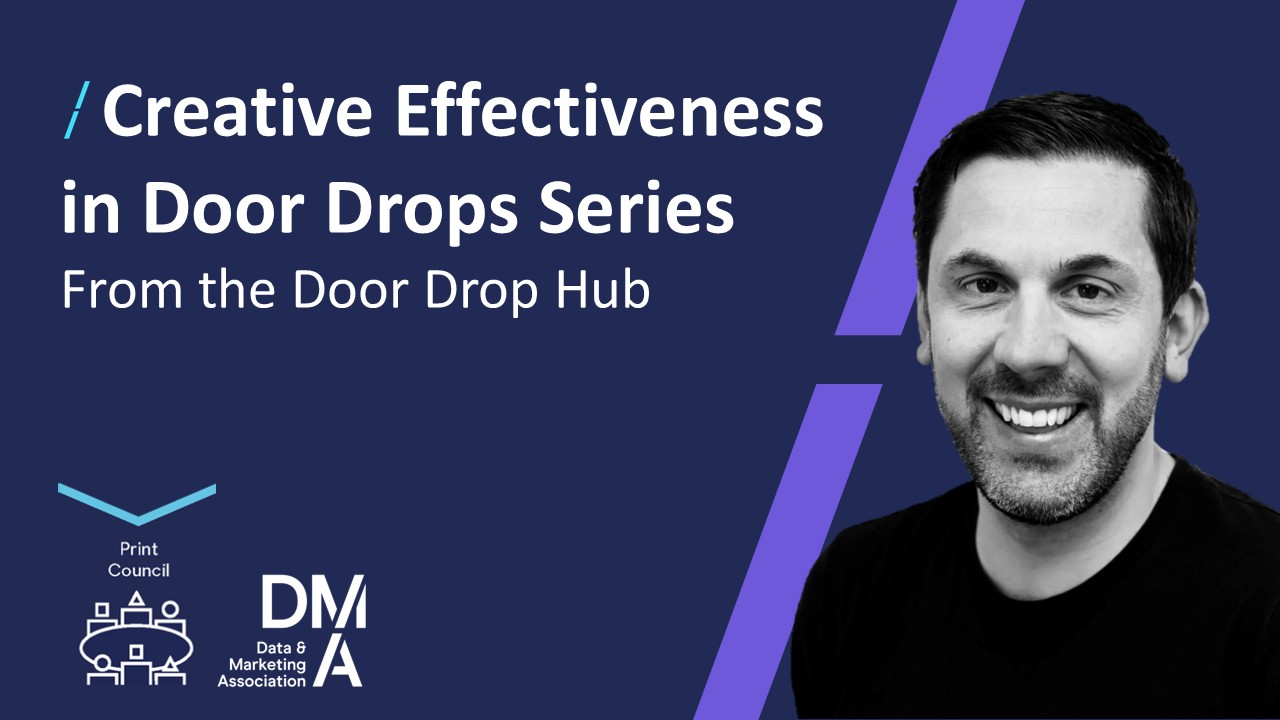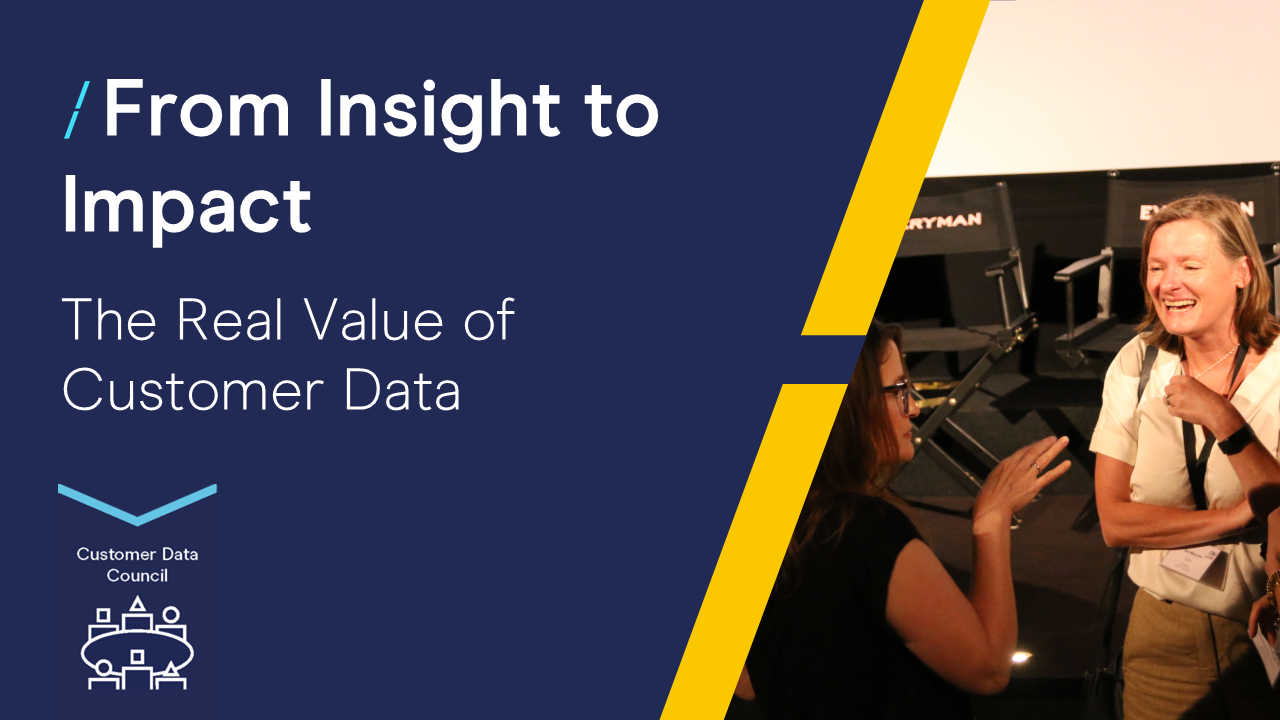5 Pillars for Retail & CPG Digital Strategy: Personalization and the Omni-Channel Experience
26 Aug 2016

by Rohit Gupta
Director, Retail/CPG Digital Strategy
@WiproDigital
This is the second part in a series on the 5 pillars that retail and CPG organizations should use when introducing or revising their digital strategies:
1) A seamless and hyper-personalized experience.
2) Additive complimentary services.
3) Content curation.
4) Platform play.
5) Data-driven supply chain (rather than one led by merchandising).
In my previous blog post, I introduced the 5 pillars and provided contextual evidence for the necessity of an up-to-date digital strategy. This part covers demand creation in detail, with a focus on seamless omni-channel experiences and personalizing the path to purchase by monetizing moments. By adding simplistic complimentary services, one can significantly lower the cost of business while increasing sales.
Personalized experiences make everything easier everywhere
Providing a seamless experience as the basis for a personalized experience is a foregone conclusion. Customers use multiple channels to engage with a retailer: for instance, 75% of customers access a retailer’s site from a mobile device inside a store but don’t necessarily use it outside. The main culprit is that culturally and structurally, retailers see these two as different. More telling is that 62% of US merchants have connected their brick-and-mortar storefronts to their online presence, but yet aren’t able to realize incremental lift (Retaildive). For this reason, data transparency isn’t there, thus the experience isn’t seamless and organizations drop the ball on the ‘last mile’ causing loss of sale.
This problem is further masked for CPGs who might be doing an exceptional job in digital awareness but can’t close the loop when the customer enters the store. Even though a customer journey may start on a desktop at work, it typically ends on their mobile device at a store since close to 92% of total sales is still done at the store (Investing).
When retailers get the omni-channel experience right, it results in an exceptional experience, as I had recently when visiting the Apple store to replace my damaged iPhone. After previously booking a Genius Bar appointment on the website, I entered the store with Bluetooth activated on my mobile device. Within 30 seconds, I received a notification to check in for my appointment, and within 30 seconds of completing this action, an Apple employee approached me to help. All this happened without the need to wait in line, or explain my reason for being there. Within 5 minutes of my entering, the order to replace my damaged screen had already been placed and I was extremely pleased.
Interacting with a retailer should never be a painful experience. Organizations can and should be as attentive to the last mile of the customer journey as they are with the marketing and discovery phases. Try putting yourself in the customer’s position: just for fun, visit a large department store on a Saturday afternoon and try to find an associate to help you with finding products from your wish list that you created online. If my suspicions are correct, the hit rate to find an associate and the right products on your wish list will be fairly low. Think about it: we are going in with an intent to buy, but can’t close the last mile due to the failed realization of a seamless experience.
Monetizing the moment
There are number of ways to leverage data for hyper-personalization. The obvious is to invest in a monolithic CRM tool and create personas by building a 360 degree view of the customer. Alternatively, I recommend focusing on quick wins and monetizing the moment. Moments can be contextual, and/or created by user actions. Traditionally, there has been a lot of focus on personas to understand a customer’s behavior from discovery to purchase. In this case, a persona is far less important when a user action should be taken or intent is being displayed.
In my Apple example, I needed the Genius Bar the moment my iPhone was damaged, not when I subsequently visited the Apple website from my desktop. Wouldn’t it make more sense to for Apple to leverage push notification when they know my screen is cracked, so they could get my business right away? What if I had used a third party service to replace it instead? Had the Amazon app pushed a notification for a DIY screen replacement kit, I would have been inclined to purchase it. When it comes to product selection, Amazon probably knows me better than I know myself, yet like Apple, they also could not capture this moment/context.
Can you imagine the incremental lift your organization can have by focusing on these key moments, and over time, building towards a 360 degree view of the customer? What if a retailer focuses on intercepting their cart abandonment by offering curbside delivery within 2 hours? What if a CPG creates a personalized list which only provides coupons when you scan the barcode at the retailer?
If you can start focusing on moments, they can be highly valuable to unlock business value that we currently can only imagine. These moments can also be used to ‘hook’ a customer for long term. Dollar Shave Club did this beautifully (pinpointing the moment when blades need replacement) and were rewarded handsomely with a $1B acquisition by Unilever. I hope Unilever uses this model for their other personal care brands. Given that I travel a lot, how difficult would it be for Unilever to ship me travel-sized items biweekly? Why haven’t they been able to capture my personal replenishment needs? I am forced to purchase other brands when I am in a rush or out of town and can’t find my preferred products.
Once organizations start capitalizing on moments, a 360 degree view of customers will be developed organically. This specialized information allows for the hyper-personalization of recommendations, special offers, loyalty incentives, and increasing AOV (average order value).
Manage returns through additive complimentary services
Return management is a necessary evil for eCommerce for retail organizations. In fact, it is a $260B+ sized problem within the retail sector. Customers have no reason should to visit a store in order to make a return when can order multiple sizes online and return the items that don’t fit (NRF). Retailers and their CPG partners do have options to increase foot traffic, thereby increasing basket size and reduce the expensive returns management.
The most logical solution for apparel manufactures is to go all-in on fit technology. Lotte, a large Korean retailer has partnered with Volumental to quickly perform a 3D scan of your feet for the perfect shoe fit (3ders). If Lotte implements this correctly, the next step would be for the customers who conduct the scan to receive that data in an email. Lotte collects email addresses, thus creating a post-transactional relationship. Then the next time a client tries to order shoes online or in store, Lotte can remind the customer of the correct fit. With a simple service-oriented partnership, Lotte can increase foot traffic to physical stores and theoretically reduce the number of returns.

Retailers and CPGs can also foster a deeper service-oriented relationship. CPGs already provide beauticians at department stores, so why not digitally enable them? These offerings include tools that can quickly identify the right type of personal care product to recommend along with tailored expert advice. Clothing manufactures can do the same thing by employing a resident stylist at department stores. Food manufactures can also leverage an on-site expert by holding nutritionist days at grocery stores. As long as these services are digitally enabled, organizations can build a deep ‘clienteling’ relationship with customers.
By focusing on personalization through a seamless omni-channel experience, monetizing the moment, and providing additive services, retailers and CPGs can capture existing unrealized demand and acquire new customers. Digital solutions within the 5 Pillars already exist, so organizations just need to pick and choose the best fit for their needs. Without providing the digital capabilities, you’ll continue to see newly minted disruptors shave demands and steal customers.
The third and final part of this series will focus on supply management. Digital capabilities can have significant impact on how we market our merchandise, how we sell products without owning the inventory, and how we should manage our inventory procurement.
Originally posted on Wipro Digital, an innovation-led, digital transformation partner built for today’s digital challenges.



1.png)

Please login to comment.
Comments